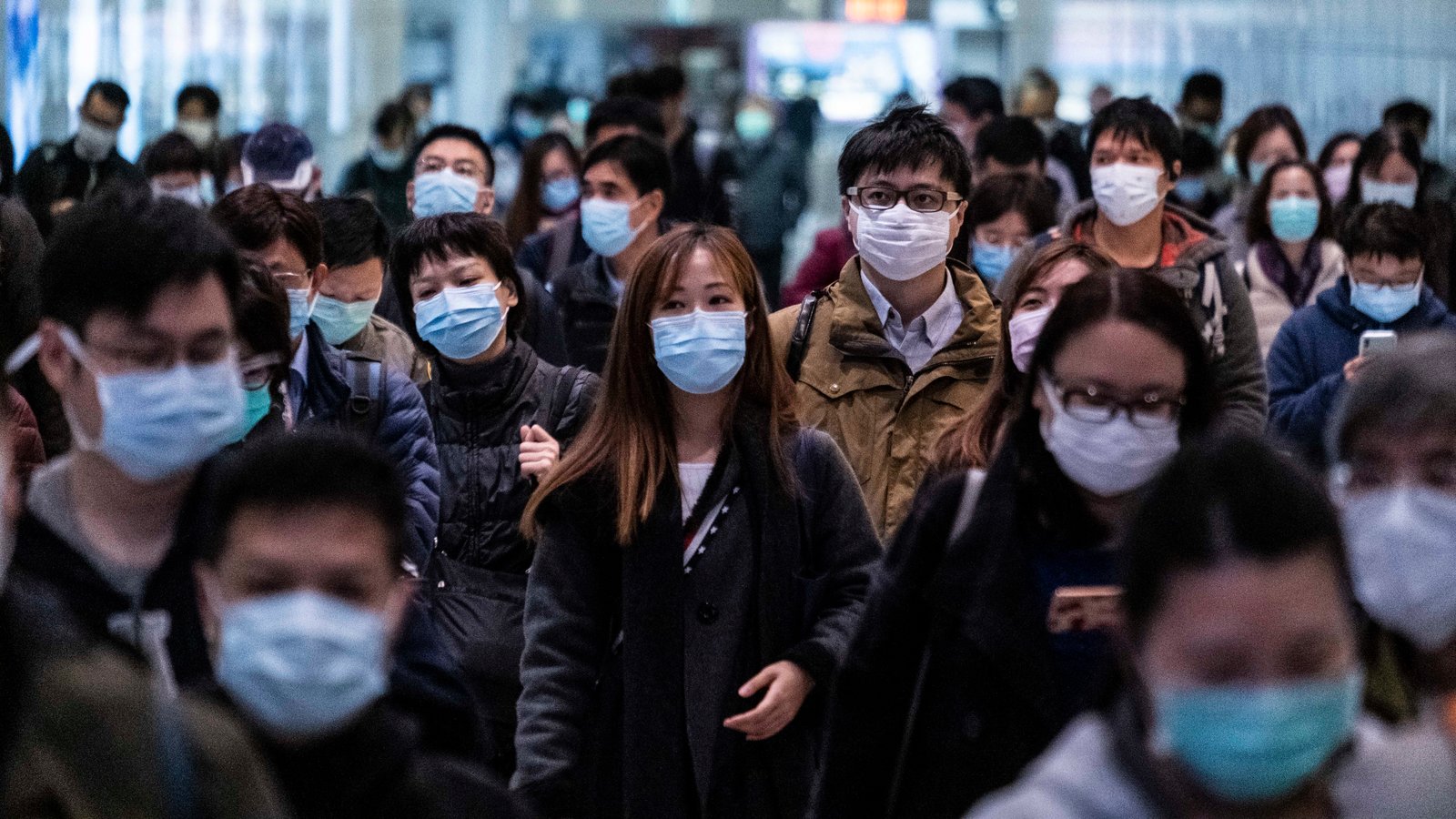BY IBRAHEEM MANDA
What have you learnt from the COVID-19 pandemic? Take a moment to reflect.
Allow us to rewind a bit.
Our story begins in early December 2019 with an atypical case of a pneumonia-like disease that emerged in the city of Wuhan, located in the Hubei province of China. It was believed to have originated from the Huanan seafood market in the city centre. Without much delay, in early January 2020, a team of virologists, led by Dr.Zhang, published the genome of the newly identified pathogen, SARS-CoV-2. This step provided crucial insights into the virus and set the stage for further research.
While the Wuhan Institute of Virology located 13 miles south of the wholesale market has also been suggested as another possible point of origin for the virus, most likely as an outbreak from bioweapon development, recent research dismisses the notion. In 2022 The New York Times reported the discovery of three new viruses originating in bats, one showing up to 96.8% genetic similarity to the COVID-19 virus.
Enough about the disease, what happened? Shortly following it’s classification as a pandemic, a majority of nations put in place lockdowns, and world stopped turning for most of us.
Sanitation became a hot topic, Mask mandates were enforced and testing was implemented for certain individuals alongside International travellers being required to undergo a two-week quarantine.
Allow me to shift your attention to – Taiwan? Returning to the early stages of the outbreak in 2020, it was one of the few countries with a single-digit COVID death count, but how?
take a look at this graph I’ve stolen from Vox – look at how flat that line is. Why though? Well, it mostly comes down to the way that Taiwan handled the outbreak. Strict border control, rigorous quarantine protocols for travellers and effective contact tracing measures efficiently minimised covid cases. With the citizens living out their lives as usual for the most part, with just a bit more sanitation and masks involved.
This sounds tremendously similar to what the rest of the world did, but the key distinctive factor here is that they were strict with it.
Until they weren’t.
This line you see here should look like this, but clearly doesn’t. Here’s why.
There was not just one factor, but a combination of them
Firstly a decrease in precautionary measures, secondly the new Delta variant and thirdly, the ineffectiveness of Herd immunity. The relaxation of precautionary measures resulted in the virus being spread by infected travellers who did not quarantine. The new Variant was also more contagious than previously, alongside it being able to evade immunity in certain instances making it significantly more deadly than before. These two factors subsequently led to the sudden climb in confirmed cases and inevitably deaths visible here.
Why would Taiwan do this? Well one thing that the relaxation of measures relied on was Herd immunity but Herd immunity for COVID-19 was not effective due to several factors. Firstly, insufficient research and understanding of the virus hindered the development of appropriate measures. Additionally, COVID-19 caused a significant number of severe cases, leading to high mortality rates and the overwhelming of healthcare systems. Herd immunity typically relies on mild to moderate cases, allowing individuals to develop immunity without severe consequences. However, the severity of COVID-19 resulted in a considerable number of patients in need of critical care in specialised units, making it challenging to achieve herd immunity effectively.
Although it was soon recognized that herd immunity was not effective, we proceeded with reopening the world and attempted to return to our previous lives. However, as a consequence, the curve remained unflattened. What curve? This curve.
Let’s recall the concept. If you’re unfamiliar with it. “Flattening the curve” was the movement that was meant to flatten a theoretical curve, simply to bring the peak number of covid cases down, and delay it. This was so that hospitals and other medical facilities could handle the stress that was put on them during this new era. If we flattened the curve we could have prevented what are labelled as unnecessary deaths, which could have been prevented if they were given proper protective measures. Represented by this area up here.
Why didn’t it flatten, It didn’t flatten because enough people didn’t follow the guidelines. Well, maybe you did but the majority failed. Take masks for example. There are numerous cases of people complaining about Air quality and so on. Research was then conducted by the US Biotechnology Centre which confirmed that wearing a mask had minimal impact on oxygen intake or air quality. As mentioned here, no episodes of Hypoxemia – lack of oxygen, Hypercarbia – Excessive CO2.
But of course “Conflict is the essence of human existence.” – Friedrich Nietzsche (free · druhk – nee · chuh)
If we flattened the Curve.
We came face to face with a situation that we were not prepared for whatsoever. With any new disease, it is crucial to find treatments and therapies that can cure it. In the beginning, we had nothing to cure it with other than some basic painkillers and anti-inflammatories. But as time went on treatment and prevention research gained momentum.
This led to the pattern here of a decreasing Death to Case ratio. Here’s a graph that displays it.
At the start of the pandemic the case fatality rate peaks, with a steady decrease over time.
This is linked to the Late discovery of the effectiveness of corticosteroids like dexamethasone and hydrocortisone and antivirals such as Nirmatrelvir proved effective in managing severe cases, leading to a decline in COVID-19-related deaths in later periods as was seen earlier.
Let’s consider a completely different scenario: if no action was taken, the potential devastation becomes evident. Nearly every individual on Earth could have been infected, resulting in an estimated loss of around 1.6 billion lives give or take, contrasting the actual 6.9 million deaths. Our collective efforts have indeed made a positive impact.
And this brings me to my final point-
We played our part – we got results – but it could have been better.

